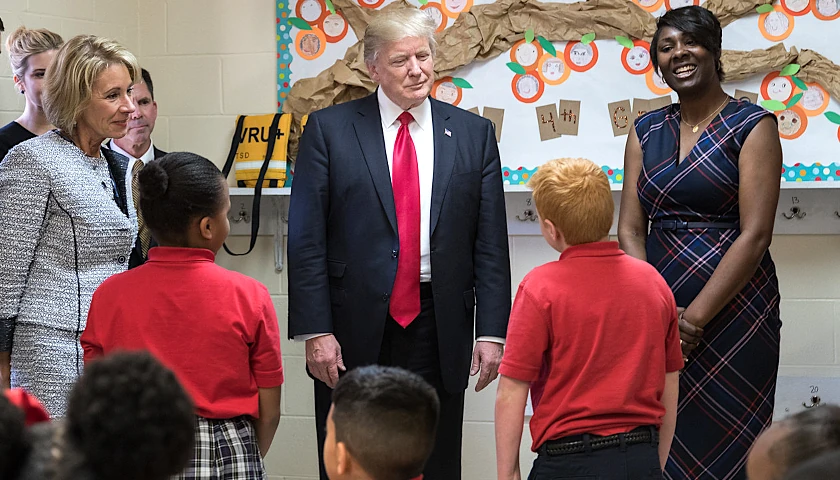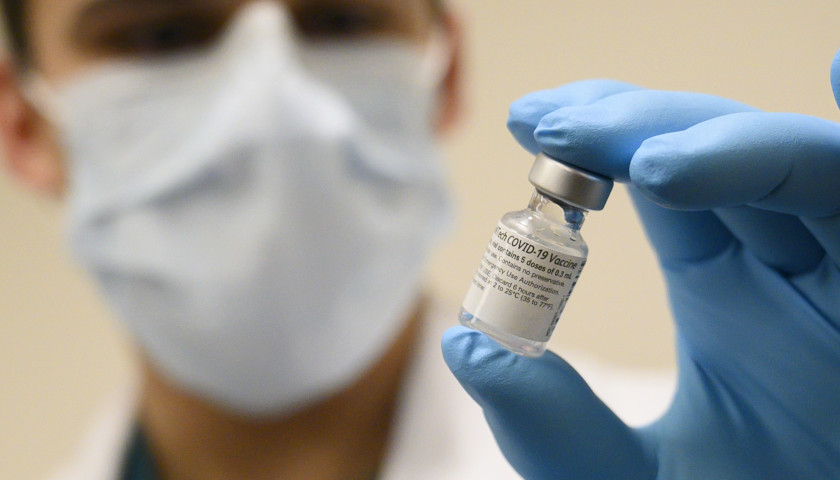by Scott McClallen
A new report from the Education Law Center and the Michigan Education Association says Michigan needs $4.5 billion annually so students can achieve state academic standards.
School funding adequacy refers to the funding necessary to provide students with reasonable opportunities to achieve state standards.
The report says that districts with more low-income students and those in rural areas tend to be further from adequate funding than districts with fewer low-income students and districts in cities or suburbs.
However, the study didn’t account for roughly $6 billion of federal COVID funds that flowed to Michigan schools.
Also, Whitmer’s proposed fiscal year 2024 budget already recommends a School Aid Fund total of $19 billion.
The study says that more than 90% of Michigan school districts are underfunded at some level, with 77% of all Michigan public school students attending schools in districts that are more than $2,000 per pupil below adequacy.
“Michigan’s education funding system is inadequate and inequitable, Tanner Delpier, Michigan Education Association labor economist, said in a statement. “In 2018, The School Finance Research Collaborative created a blueprint for a fair school funding system in the release of their adequacy study. Today, policymakers have an opportunity to lay the foundation of equitable and adequate funding.”
The report finds it would cost $4.5 billion to bring districts to funding adequacy based on estimates updated from the 2018 Michigan School Finance Research Collaborative adequacy study. This cost includes $1.6 billion to fund universal, cost-free preschool.
Rep. Regina Weiss, D-Oak Park, School Aid and Education Appropriations Subcommittee Chair, said she supports enacting a graduated income tax to raise this money. Weiss also suggested changing Proposal A, which limits property tax burdens.
“The chronic underfunding of our schools has resulted in too many teachers paying out-of-pocket for their classroom materials, overcrowded classrooms that deprive students of focused instruction, and too many of our children falling behind their peers in other states,” Marta Johnson said, a parent of a preschooler and second grader at Grand Rapids Public Schools. “These problems have been well-documented, but this report brings them into clear focus.”
The study says small class sizes, student supports, and cost-free preschool would help students meet academic proficiency standards. The study recommended additional funding for students from low-income backgrounds, students with disabilities, and English learners.
For example, Escanaba Area Public Schools in Northern Michigan, serves about 2,500 students, with more than half low-income and 12% students with disabilities. The district is estimated to need $13 million in additional funding, or about $5,300 per pupil, to reach adequacy.
The adequacy study assumed the cost of providing necessary school resources and didn’t account for Michigan’s school choice policies. As students leave public schools, they take dollars with them to their new school.
“Michigan has spent decades underfunding its schools as state revenues have recovered from the Great Recession and steadily increased,” Mary McKillip, ELC senior researcher said in a statement. “An increase in funding, while also reworking the way the funding is distributed to districts, is a critical and overdue step.”
– – –
Scott McClallen is a staff writer covering Michigan and Minnesota for The Center Square. A graduate of Hillsdale College, his work has appeared on Forbes.com and FEE.org. Previously, he worked as a financial analyst at Pepsi.







